Enchanting Nicaragua
Ranald Macdonald visits Central America’s largest, and least known, country, and falls for its wondrous landscapes, vibrant cities, and spell binding beaches. And he hopes you’ll join him there next year…
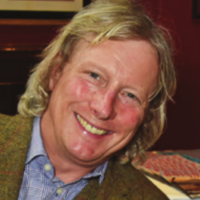
By Ranald Macdonald
September 20 2019
I know well, both from my first initial reaction to the idea of travelling there and from those I have spoken to since, that despite my evangelical enthusiasm for this magnificent country, that Nicaragua is not on many people’s destination wish list. In fact most were not even entirely sure of its exact location, had no idea of its extraordinary attractions and assumed it was unsafe. The purpose of this article is to attempt to inspire you with my new found infatuation for Nicaragua and to encourage you to plan a visit or even consider joining me on the Inaugural Boisdale Club Expedition to Nicaragua that I will be leading on 7th November 2020.
Situated between Honduras and Costa Rica, Nicaragua is the largest country in Central America – marginally bigger than England, at 50,567 square miles, but with a tenth of our population.

The Caribbean east coast is home to the second largest rain forest in the Americas covering 1.8 million very sparsely populated acres. The majority of its inhabitants occupy the mountainous north and the sweeping Pacific west coast, with a third of the population living in its six major cities.
Remarkably, nearly 20 per cent of the entire country is designated as national park, and Nicaragua boasts 10 per cent of total global biodiversity. These include wildlife refuges and nature reserves sheltering myriad ecosystems.
The infinitely varied landscape includes 50 volcanoes; several UNESCO Biosphere Reserve freshwater habitats including Lake Nicaragua, Central America’s largest lake, with indigenous fresh water sharks and dolphins; spectacular marine environments off two incredibly different coastlines; and seven different types of forest, from rainforest and cloud forest to mangroves and tropical dry forest.
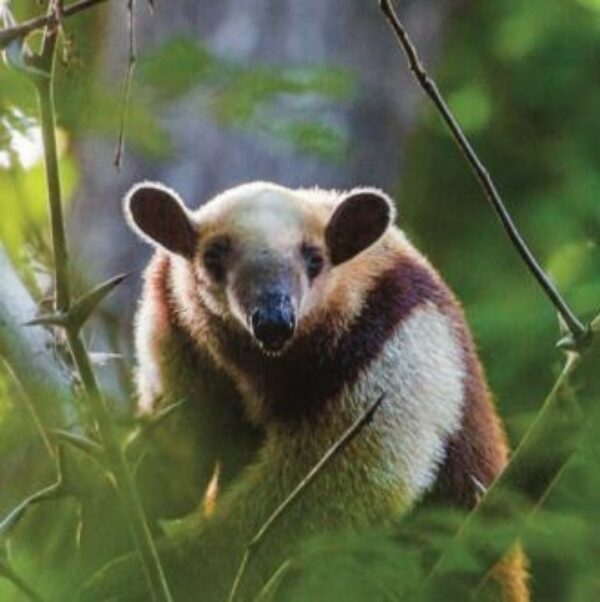
You’ll be delighted to know that our expedition will experience the country in a responsible and sustainable fashion! Nicaragua is a careful custodian of its ecology and environment – 80 per cent of its energy is supplied from renewable resources.
Eco-tourism is promoted as a model of sustainable development, and in 2017 Nicaragua was given the Sustainable and Responsible Tourism Destination award by the UK’s Latin American Travel Association. We in the west should take a leaf out of Nicaragua’s forests, or perhaps not!
The people of Nicaragua, from my experience, are notably warm and friendly. Due to it being a relatively new and pleasingly unspoilt travel destination, Nicaragua really does take you back in time. It’s up to you to decide how far. It all started with small isolated groups of Paleo-Indians travelling from North Asia, prior to any tourist packages being available, sometime towards the end of the last ice age. They were following vast herds of game over a land-and-ice bridge across the Bering Strait to Alaska, that existed between 45,000 and 12,000 BC. Just imagine how thrilled they must have been to eventually arrive in the warm tropical climate of bountiful Central America and with no other humans there at all, not even one German to compete with for sun loungers on the fabulous beaches. As always, though, someone comes along to spoil the fun, and this time it was not the Germans.
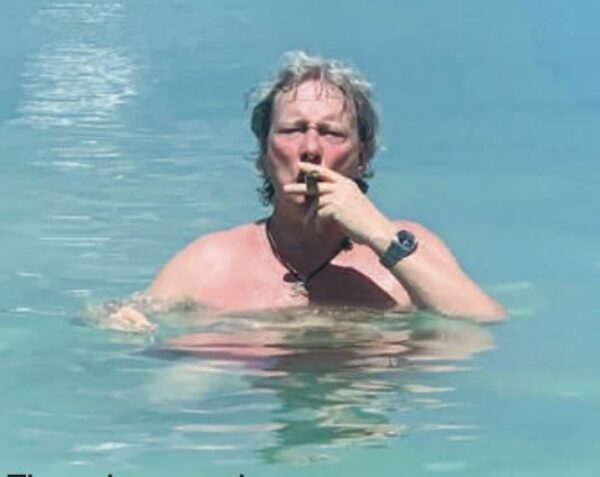
By the time of the Spanish invasions of the late 15th century (I think we all know what happened then…) these nomadic colonists had evolved into several indigenous Mesoamerican peoples like the Mayans and the Aztecs.
Not that they knew it then, and it wouldn’t have helped them anyway, but these were in fact globally advanced civilisations, having moved from hunter gathering to cultivation around 7000 BC. They developed great cities from 2500 BC, sophisticated forms of script from 600 BC, and thereafter extraordinary feats in architecture, metal work, sculpture, astronomy and mathematics.
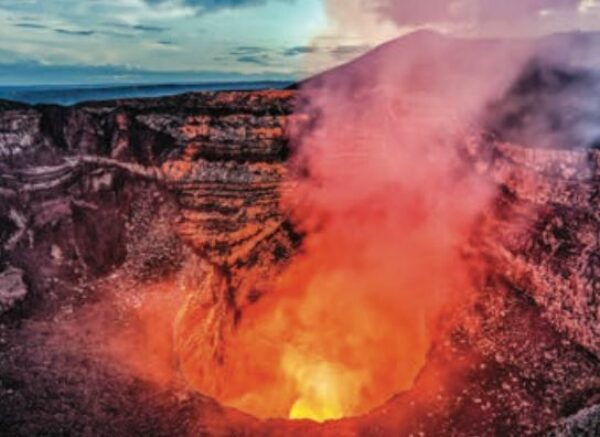
Fast forward to today, and the population is mostly Mestizos (mixed European and Native Indian ancestry), with the rest of European or African descent – just 5 per cent are pure Native Indian.
Impressively, Nicaragua has doubled literacy over the last 40 years to nearly 90 per cent of the population, and is the fifth most gender-equal country in the world, according to the WEF 2018 Gender Gap Index.
The initial base for manoeuvres will be one of the oldest cities in Latin America, the ancient capital of Granada. It already had a thriving population when it was founded in 1524, being registered not as a settlement of conquest, as almost all were, but as a city in the official records of the Crown of Aragon and the Kingdom of Castile in Spain.
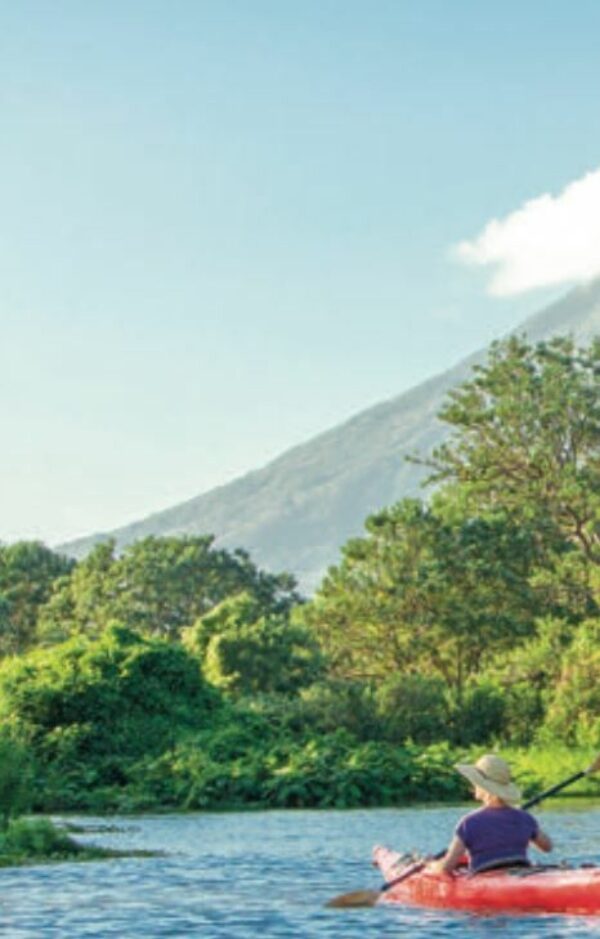
Granada became absurdly prosperous from gold, silver and timber exports. Perched between the dormant Mombacho volcano and the fresh waters of Lake Nicaragua, it’s a colourful and vibrant city. The architecture, rich in colonial heritage, is redolent of Seville with strong Moorish and Andalusian influences. As a result, it’s often referred to locally as ‘La Gran Sultana’.
Its near neighbour is the City of León, which we will also be visiting. It is Castilian Gothic in appearance, having been relocated and rebuilt in the 17th century after an earthquake destroyed the old city in 1610. The ruins from that event, excavated in 1960 and now a UNESCO World Heritage Site, are known as León Viejo.
After Nicaraguan independence from the United Provinces of Central America in 1838, the cities of Granada and León fought each other to be recognised as the capital city. Reminiscent of the cultural differences between Mayfair and Islington today, the city of Granada was favoured by the conservative bon viveur moneyed classes, who enjoyed displaying and spending their opulent wealth, while León was dominated by the liberal intellectual elite, who found more inspiration from political idealism, poetry and the arts, but also quite fully enjoyed the good life!
For many years there was violent conflict between the cities’ great dynastic families and political factions. Despite being intriguingly different, both cities had perfectly reasonable claims to be considered the capital of Nicaragua.
Finally in 1852 a highly impressive compromise was agreed, and the capital was established at Managua, which lay equidistant between them. As I hope you will soon discover for yourself however, the fascinating differences, both cultural and architectural, between Granada and León, remain as pronounced today as they still are between Islington and Mayfair.
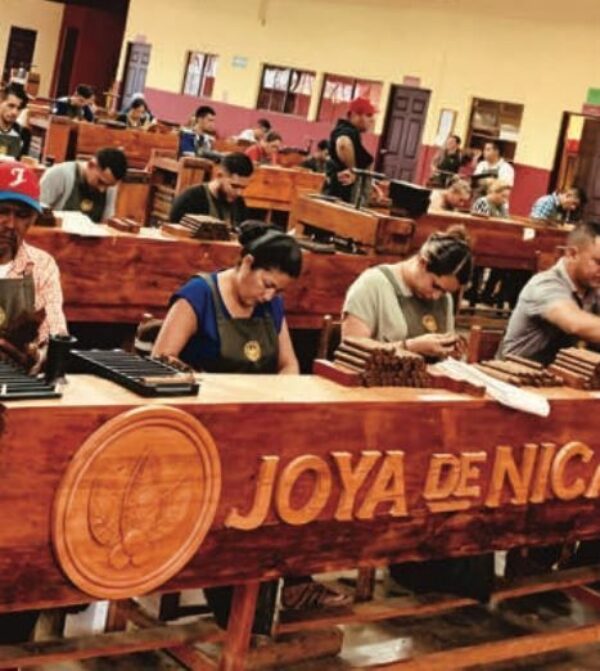
From Saturday 7th to Tuesday 10thNovember we will be staying at the lovely Granada Hotel, nicely positioned in the heart of the old town very close to the major attractions. For those of you who may be intimidated by too much activity, the hotel has a large and charming pool, and you can dip and in and out of the itinerary as you wish.
There will be two or three different activities each day and we will have four guides and four vehicles on hand. As an extra bonus, beyond the architectural sites, Granada is now a gastronomic destination with over 120 restaurants specialising in sustainable, farm-to-table Spanish/Native American fusion cuisine. We will be dining in the very best of them, as well as visiting a few of the welcoming bars conveniently placed all over the city After exploring Granada on the first day, we will have a kaleidoscopic choice of excursions and day trips. I’d strongly recommend a guided tour of the architectural delights of the City of León and, after a superb lunch, a VIP reception at the award-winning and legendary Flor de Cana Rum Factory (run on 100 per cent renewable energy), where we will taste some of the world’s rarest and finest rums.
The Grand Chocolate tour is also not to be missed. It begins with a boat ride across Lake Nicaragua (also known as Lake Cocibolca) in the private nature reserve La Calera, which is located at the base of Mombacho volcano. At La Calera, horses will be provided for a guided tour of the tropical cocoa plantations to learn all the different stages of cocoa bean production, after which lunch includes an artisan chocolate tasting, which is not for the faint hearted!

For cigar lovers we will enjoy the fabulous drive to Estelli in the forested and mountainous north, to visit the tobacco plantations and cigar factories. My friend Juan Martin will welcome us at the Joyo de Nicaragua Cigar factory, the oldest in Nicaragua, where we will smoke the new Boisdale Cigar he has created for us, which is based upon the recipe used for the official White House cigar, as supplied by Joyo de Nicaragua to President Nixon in the 1970s. Lunch close by at Finca a Su Mesa, where Juan took me this April, will be a culinary pleasure as the uber relaxed proprietor Darren, who hails surprisingly from Texas, serves some of the most delicious and sublime steak I have ever tasted. He magically seasons and then lightly cold smokes the beef for 24 hours in an impressive home made contraption, before grilling on white hot charcoal. The locally made craft beers are equally wonderful.
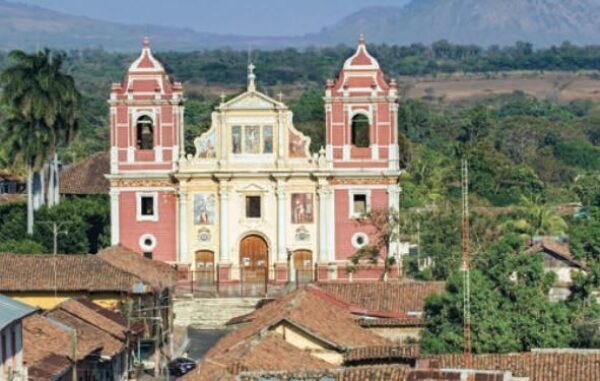
On Wednesday we all travel by boat to Ometepe, the magical twin volcano island in Lake Nicaragua that the Aztecs believed to be the promised land and Mark Twain thought was paradise. The island is home to native Indian settlements, where they live pretty much as they did before the Spanish conquest. There are abundant archaeological remains, including 1,700 prehistoric rock carvings; and wonderful beaches with crystal-clean waters and miraculous wildlife. After a Native Indian feast of locally-grown vegetables, fruit and freshly caught fish, we’ll have time for a relaxing swim and some kayaking around the virgin coast.
Our final destination will be the entrancing Morgan’s Rock Hacienda & Eco Lodge, on a huge protected reserve of Nicaraguan jungle close to the Costa Rican border, to relax and/or explore for the remainder of the trip.
Surrounded by tropical forest, secluded super-luxe bungalows overlook a postcard-perfect beach, where the only sounds are crashing waves, bird song and howler monkeys.
This pioneering eco-lodge comes with its own organic farm and reforestation programme, but you won’t have to sacrifice comfort, style or service to go green! It’s simply one of the very best places to stay in Central America.
Sea turtles nest all the year round on the magnificent private beach, which lies at the mouth of a small river. It has a superb restaurant, supplied by the farm and the sea, as well as yoga and spa facilities.
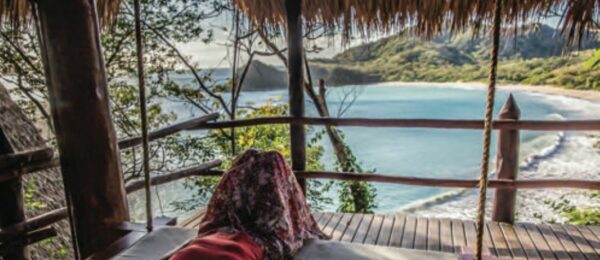
For the adventurous there are nature trekking opportunities, by boat up river, or by foot into the forest. You see nature untouched, including numerous monkey and sloth species, anteaters, magnificent bird life and much, much more. There is also a boat equipped for excellent big game and reef fishing, with sailfish being the ultimate prize.
On Sunday morning we depart for Manuagua airport as converts to the incredible charm of Nicaragua. By no means will we have seen it all, but we will have experienced a taste of the infinite possibilities of Nicaragua, as well as hopefully enjoyed a most relaxing and inspiring holiday.
Assuming, of course, that we agree to ban all conversations about Brexit.
